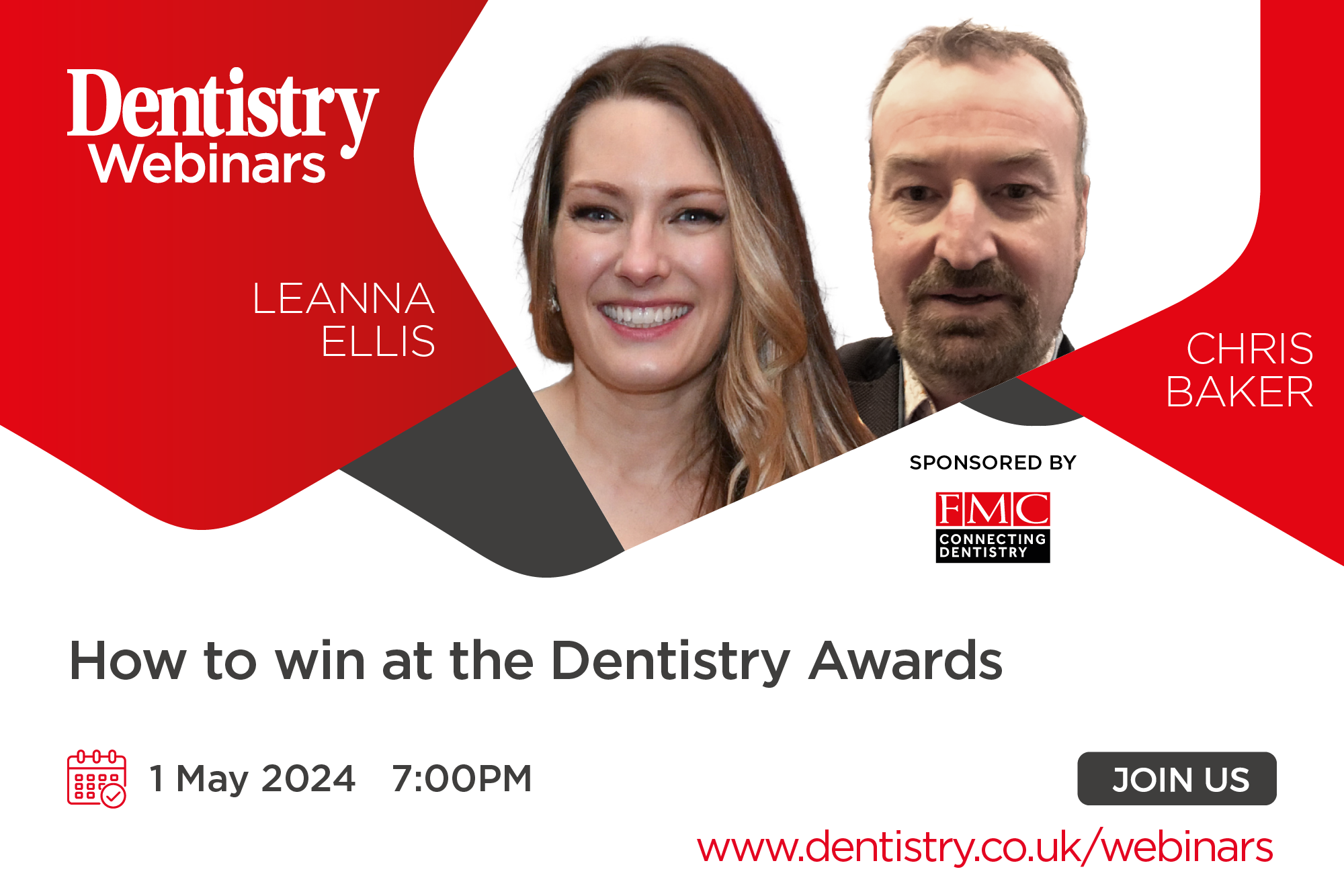
This month, Hannah Hook discusses when and how to assess for the presence of impacted maxillary canines, and how to manage and treat them once identified.
Affecting approximately 1.5-1.7% of the population, impacted maxillary canines present a common challenge faced by the dental profession.
Maxillary canines are the second most frequently impacted teeth, following third molars with the ratio of females to males being two to one.
Of the impacted maxillary canines, 15% occur buccally and 85% palatally.
It is important to be aware of when and how to assess for the presence of maxillary canines and how to appropriately refer should impaction be suspected.
Failure to diagnose impacted maxillary canines in a timely manner may lead to the requirement for more complex treatment.
Clinical assessment
- Visual inspection and palpation of the buccal sulcus for the canine bulge should commence at the age of eight years onwards
- Visually, the canine bulge should be identified in the buccal sulcus between the roots of the lateral incisor and the first premolar
- Impaction should be suspected when the maxillary canine is not palpable in the buccal sulcus by the age of 10-11 years. An asymmetric eruption pattern or inclination of adjacent teeth suggests canine malposition
- Inclination of the lateral incisor may indicate the type of impaction. Distal inclination may suggest palatal impaction, whereas a mesial inclination may suggest palatal impaction
- The deciduous canine should be assessed for colour and mobility. Changes in colour may indicate root resorption and that the permanent canine is on track for eruption. A non-mobile canine with no colour changes may also suggest an impacted permanent canine.
Radiographic assessment
- Radiographs should be taken when there is a noticeable difference in the eruption of the maxillary canines between the right and the left side, or where there is asymmetry on palpation
- It may also be useful to take a radiograph in cases where there is delayed eruption of the lateral incisor or if there is a significant buccal proclination
- For the radiographic assessment of impacted canines, two views at different angles are required. This is also known as the parallax technique
- The parallax technique uses a reference point (such as an adjacent tooth root) in relation to the object of interest (the impacted maxillary canine). The second image is taken following a tube shift. This allows the reference point and the object of interest can be re-examined. A comparison of the displacement of the object between the two radiographs can then be made using the reference point. If the object of interest has moved in the same direction as the tube shift, it is likely palatal, whereas movement in the opposite direction is likely buccal
- Horizontal parallax requires a horizontal tube shift whilst keeping the vertical level the same. For example, two periapical radiographs or a periapical and anterior occlusal
- Vertical parallax requires a tube shift in a vertical direction. For example, orthopantomogram (8°) and a maxillary occlusal (60°) or orthopantomogram and a periapical radiograph
- Cone Beam Computed Tomography (CBCT) scans can also be very useful in identification and localisation of an impacted maxillary canine along with the presence/absence of root resorption of adjacent teeth
- Greater sensitivity for palatally impacted canines has been found with horizontal parallax.
Risks
- Cyst formation
- Ankylosis
- Internal resorption of the impacted canine
- External resorption of the adjacent (usually the incisors) or impacted tooth
- Displacement of adjacent teeth.
Management
- Early detection of impacted maxillary canines is key in helping to achieve good outcomes
- Frequent check-up appointments allow general dental practitioners to be well placed to quickly identify an impacted maxillary canine
- If impaction is identified, an orthodontic opinion should be sought to gain advice.
Treatment
- In some cases, the orthodontic advice may be that of interceptive treatment in which the deciduous canine is extracted to allow for spontaneous eruption of the permanent successor
- A surgical exposure of the impacted canine and orthodontic alignment may be the treatment of choice in certain cases.
- A further approach is that of surgical removal of the palatally ectopic canine
- Transplantation of the tooth may be considered. But this is usually if there are no other possible treatment options (if treatment has failed or is deemed inappropriate)
- Impacted canines may be left in-situ. This is usually if the patient is happy or declines treatment.
Key points
- From the age of eight years onwards, patients should be assessed for the presence of maxillary canines during their routine dental examinations
- If a maxillary canine is not palpable in the buccal sulcus by the age of 10-11 years, impaction should be suspected
- Radiographs using the parallax technique is an effective method of identifying the position of maxillary impacted canines. This can be used in general dental practice
- Timely identification of an impacted maxillary canine and orthodontic referral is key in enabling early treatment.
Contact [email protected] for references.
Catch up with Hannah’s previous Dental Student Guides to…
Follow Dentistry.co.uk on Instagram to keep up with all the latest dental news and trends.



